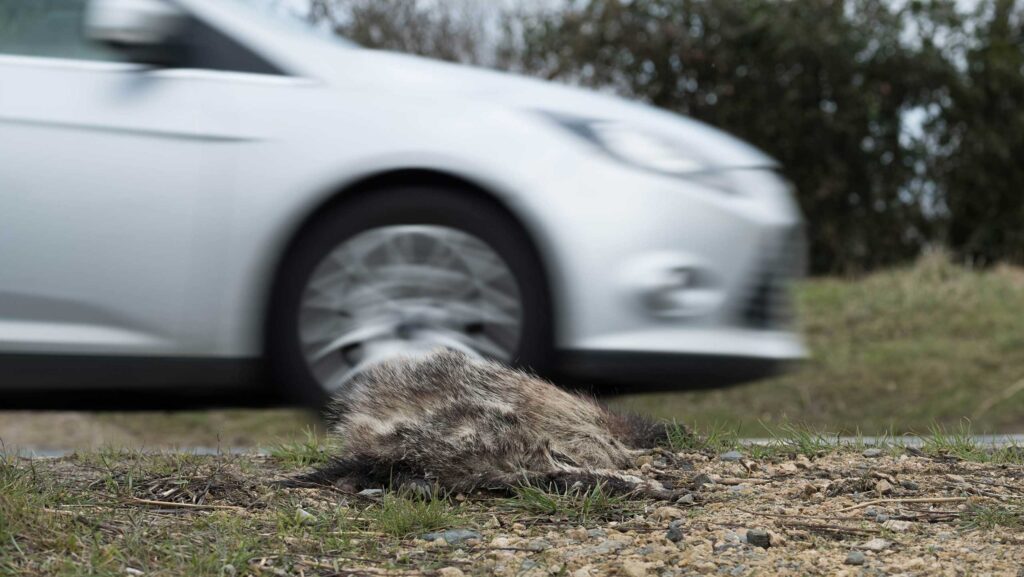Dead badger study points to TB spread in southern ‘edge area’
 © Tim Scrivener
© Tim Scrivener New research has revealed the presence of Mycobacterium bovis, the causative agent of bovine tuberculosis, in badgers found dead along the southern edge of England’s expanding TB epidemic.
The study, was conducted across five counties – Oxfordshire, Berkshire, Buckinghamshire, Hampshire, and East Sussex – in the buffer between the high risk and low risk areas.
It provides new insight into the potential role of badgers in the transmission of TB, particularly in areas where the disease has not yet fully taken hold in cattle populations.
See also: Daera study reveals bovine TB in a fifth of roadkill badgers
The study collected 525 badger carcasses, with 428 deemed suitable for testing. Of these, 6.5% (28 of 428) tested positive for M bovis, with the prevalence varying significantly by county, ranging from 1.1% in Hampshire to 13% in Oxfordshire.
Whole genome sequencing confirmed that the B6-62 clade of M bovis was the most common strain found in both badgers and cattle, indicating a localised clustering of the infection in these species.
While the overall prevalence in badgers is relatively low, the findings suggest that badger populations may contribute to the spread of TB to cattle, especially in regions where the disease is emerging.
First estimates
The findings of the study, which was undertaken between 1 April 2021 and the 30 April 2023, have been published at nature.com (PDF). It has provided the first estimates of M bovis prevalence in badger populations in the southern edge area.
Badgers have long been implicated in the spread of TB to cattle, and this study suggests that they continue to play a role in areas near the edge of the disease’s established range.
“This study has provided further evidence for the link between infection in badgers and cattle at the edge of the area of TB endemism in England,” said the authors, in conclusion.
But they added: “Further investigation of whole genome sequencing data from this area may shed light on the relative importance of cattle or badgers in driving herd breakdowns and whether (as seems likely) cattle movements may have seeded infection in both local cattle and badger populations.”
